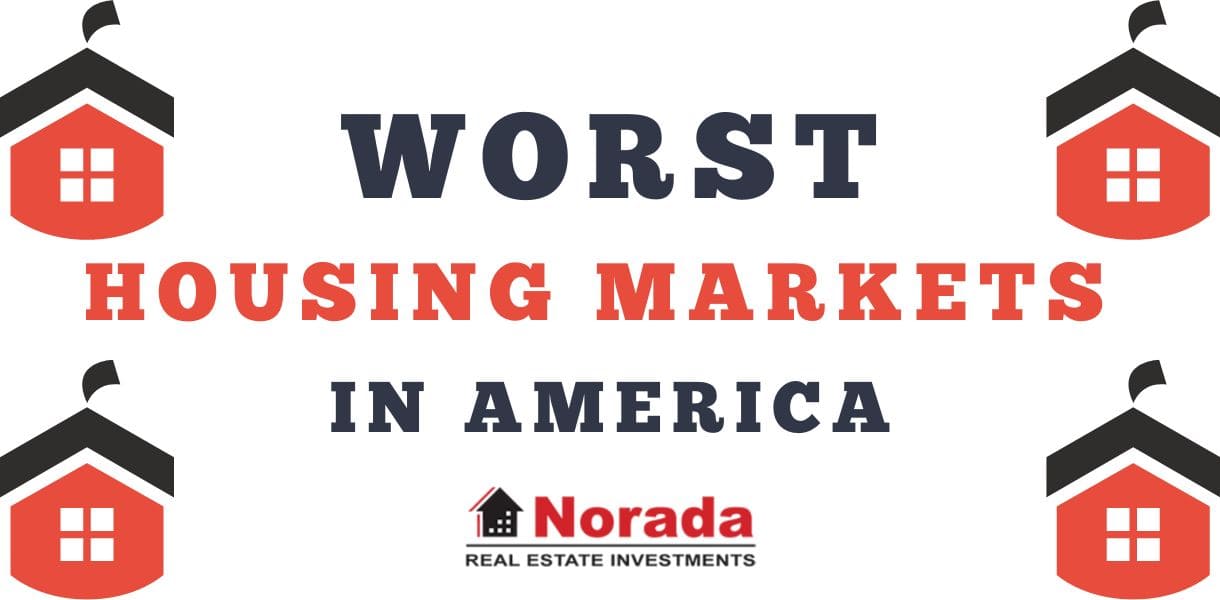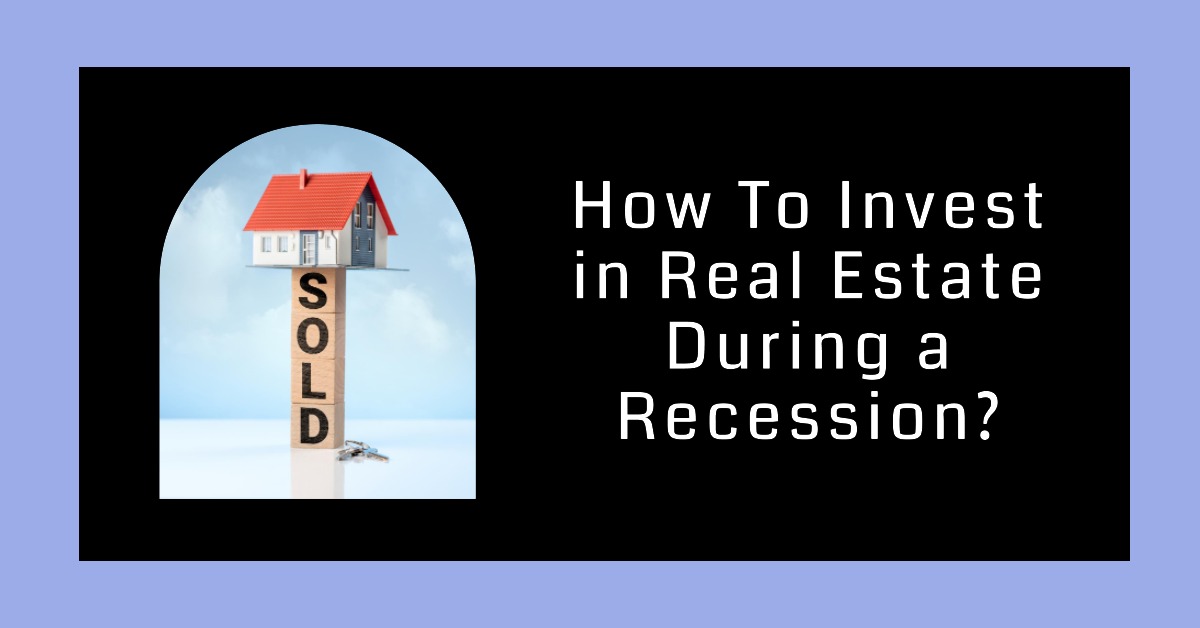Is the Bay Area housing market finally taking a breather? The short answer is yes. Data is showing that home sales are down and prices are following. After years of intense competition and sky-high prices, the Bay Area housing market cools as sales plummet, offering a glimmer of hope for potential buyers who have been sidelined. But what's really going on, and what does it mean for the future?
Bay Area Housing Market Sees a Big Decline in Home Sales
A Statewide Slowdown: The Numbers Don't Lie
Across California, the housing market is showing signs of slowing down. According to the California Association of Realtors (C.A.R.), existing single-family home sales totaled 254,190 in May, down 5.1% from April and 4.0% from May 2024. The statewide median home price also dipped, reaching $900,170 – a 1.1% decrease from April and a 0.9% decrease from the previous year.
While year-to-date sales are slightly up (0.3%), the overall trend suggests a market correction is underway. This slowdown is attributed to several factors, including:
- Lingering tariff wars
- Ongoing economic uncertainty
- Elevated mortgage interest rates
These have undermined buyer confidence and dampened overall demand.
Bay Area Bearishness: A Closer Look at Our Backyard
The San Francisco Bay Area is not immune to this trend. In fact, the region experienced a significant drop in sales, with an 8.2% decrease compared to last year. This decrease reflects a broader pullback in buyer interest across the region.
Here's a county-by-county breakdown of how the Bay Area housing market is doing:
| County | Median Price (May 2025) | Year-over-Year Price Change | Year-over-Year Sales Change |
|---|---|---|---|
| Alameda | $1,365,000 | -0.7% | -10.5% |
| Contra Costa | $924,950 | -1.9% | -13.4% |
| Marin | $1,885,000 | 4.7% | 8.7% |
| Napa | $920,000 | -6.8% | 4.1% |
| San Francisco | $1,801,000 | 6.6% | -2.7% |
| San Mateo | $2,200,000 | -8.3% | -0.9% |
| Santa Clara | $2,171,125 | 3.4% | -17.5% |
| Solano | $590,000 | -2.5% | 10.0% |
| Sonoma | $860,000 | -2.3% | -3.4% |
As you can see, most Bay Area counties experienced a decline in sales, with Santa Clara County taking the biggest hit at -17.5%. While some counties like Marin and San Francisco did see price increases, the overall trend paints a picture of a market cooling down.
Inventory is Rising: More Choices for Buyers
One of the most significant changes in the Bay Area market is the growth in inventory. The unsold inventory index (UII), which measures the number of months needed to sell the existing homes on the market, jumped from 1.9 months in May 2024 to 2.9 months in May 2025. Total active listings have also skyrocketed, increasing by nearly 50% year-over-year.
What does this mean for you if you are a buyer? It simply means you have more options! You are no longer competing with 10 people for the same home. You could even potentially negotiate!
Days on Market are Increasing: Sellers Take Note!
Adding to this trend, the median number of days it takes to sell a home in California in May was 21 days compared to just 16 days the previous year. In some Bay Area counties, like Napa and Sonoma, homes are sitting on the market for over 50 days!
My Take: A Shift in Power
Having worked in and observed the Bay Area real estate market for a long time, I can confidently say that we are witnessing a shift in power. For years, sellers have held all the cards, dictating prices and terms. Now, buyers are starting to gain some leverage.
I've spoken to many potential first-time homebuyers who felt completely priced out of the market, and they’re seeing this as an opportunity. It's no longer a foregone conclusion that every home will sell for over asking price with multiple offers.
Expert Opinions: A Cautious Outlook
Despite the slowdown, experts remain cautiously optimistic. C.A.R. President Heather Ozur notes that “Lower prices are making homes more affordable, and the growing inventory means buyers have more choices.” She suggests that it's a good time for well-qualified buyers to get into the market.
However, C.A.R. Senior Vice President and Chief Economist Jordan Levine stresses the importance of economic stability. “Although the market has slowed in recent months, there’s potential for a rebound if economic concerns subside”.
What Does This Mean for You?
Whether you're a buyer or a seller, understanding these trends is crucial.
- Buyers: This could be your chance to enter the market. Take advantage of lower prices, increased inventory, and potentially more favorable terms. Get pre-approved for a mortgage, work with an experienced real estate agent, and do your due diligence.
- Sellers: Be realistic about pricing. The days of simply listing your home and watching the offers roll in may be over. Work with your agent to determine a competitive price, and be prepared to negotiate. Highlight your home's best features and make any necessary improvements to stand out from the competition.
Factors to Consider Beyond the Numbers
Beyond the raw data, several other factors are influencing the Bay Area housing market:
- Tech Industry Performance: The health of the tech industry, a major employer in the Bay Area, is a key driver of the housing market. Layoffs and uncertainty in the tech sector can impact buyer confidence.
- Interest Rates: Mortgage rates remain a significant factor. Even small fluctuations can affect affordability and buyer demand.
- Remote Work Trends: The shift toward remote work has led some people to move out of the Bay Area in search of more affordable housing in other parts of the country.
- Inflation and Economic Outlook: Overall inflation and the broader economic outlook continue to play a role in consumer sentiment and housing market activity.
- The Unsold Inventory Index (UII): The Index showcases a significant increase in housing supply, highlighting the market's shift towards increased buyer choice and reduced seller advantage.
Looking ahead: What to Expect This Summer
Predicting the future of the real estate market is never easy, but here are a few things to keep in mind as we head into summer:
- Seasonality: The summer months are typically a busy time for real estate, but this year may be different. The slowdown we're seeing could continue, or the market could experience a slight rebound.
- Mortgage Rates: Keep a close eye on mortgage rates. If they stabilize or even drop, it could give the market a boost.
- Economic News: Pay attention to economic news and reports. Positive economic data could improve buyer confidence and stimulate demand.
Bottom Line: The Bay Area housing market is cooling off, and the winds of change are definitely blowing. Sales are down, inventory is up, and buyers are starting to gain some power. While the future remains uncertain, understanding these trends is essential for everyone. It's a time for both buyers and sellers to be strategic, informed, and realistic.
Invest in Turnkey Rental Properties
Discover high-quality, ready-to-rent properties designed to deliver consistent returns.
Contact us today to expand your real estate portfolio with confidence.
Contact our investment counselors (No Obligation):
(800) 611-3060
Also Read:
- Bay Area Housing Market: Prices, Trends, Forecast 2025
- Bay Area Housing Market Predictions 2030
- Is the San Francisco Housing Market Heating Up in 2025?
- San Francisco Housing Market Crash 2025: Will it Happen?
- Bay Area Housing Market Soars With Largest Gain in Home Sales
- Bay Area Housing Market Forecast for the Next 2 Years: 2025-2026
- Bay Area Housing Market: What Can You Buy for Half a Million?
- Bay Area Home Prices Skyrocket: Wealthy Buyers Fuel Market
- Bay Area Housing Market Booming! Median Prices Hit Record Highs
- Most Expensive Housing Markets in California
- SF Bay Area Housing Market Records 19% Sales Growth in July 2024
- Bay Area Housing Market Heats Up: Home Prices Soar 11.9%





